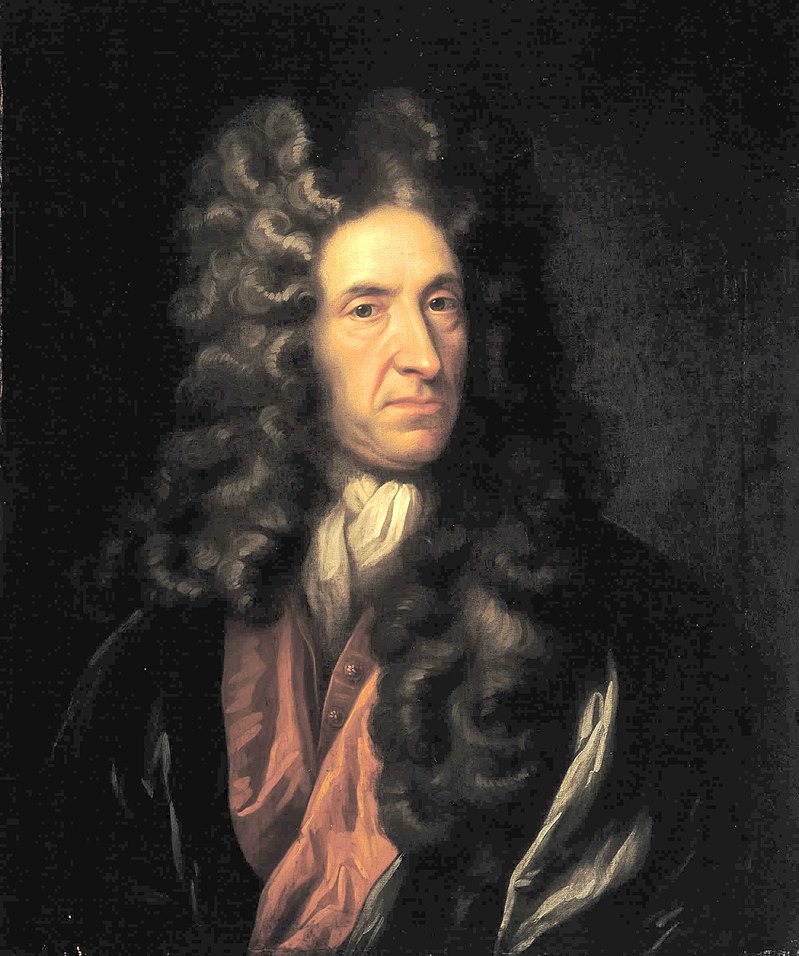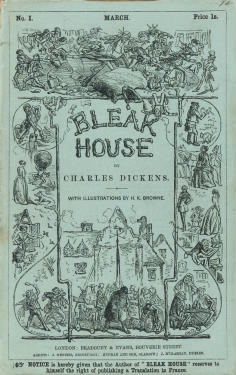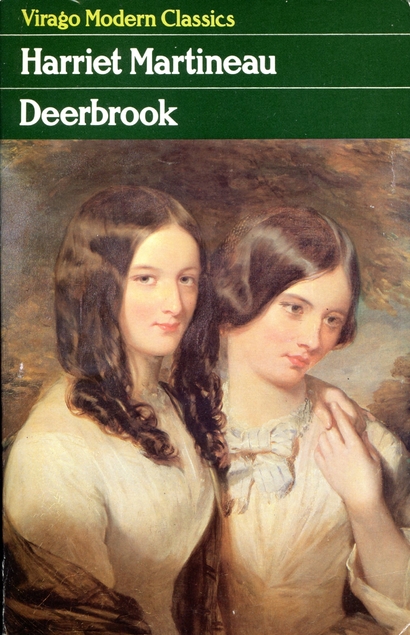John said he usually starts with a plot.
I’m different. I usually start with a character, then fix on
a setting, and finally decide on the inciting incident which often includes a
crime. I never outline but simply start a story and keep writing most every day
to finish it. If I do get stuck, I make a list of what could happen next, pick
what I think is the best situation, and continue writing.
I think there are two reasons it’s so much easier for me
than other writers to not plot. First is to read. A lot. Stephen King says we
should read the same amount of time every day as we spend writing. Sounds about
right to me. But I started reading early (with Nancy Drew—I’m a cliché!), and
average two books a week, and have for years and years and years. I know there
have to be terrific authors out there who do not read much. But if you are
struggling, I suggest you read more in your genre to get a feel for how good
writers do it. And maybe get some insight into why you consider some writers
amateurish and not be that way yourself.
![The Emotion Thesaurus: A Writer's Guide to Character Expression (Second Edition) (Writers Helping Writers Series Book 1) by [Becca Puglisi, Angela Ackerman]](https://m.media-amazon.com/images/I/519f4OKUv7L.jpg)
For some reason I am highly focused. You can even interrupt
me when I’m writing, and I will get right back to where I was and continue on
when you leave me alone. How do I do that? I SEE in my mind’s eye the setting
and what’s happening. I HEAR what the characters say and how they say it. And I
FEEL their emotions as I write about them. I even find myself making faces,
which I can use for dialogue tags. But the seeing and hearing are the most
important things. Because I’m THERE, when I get back to writing, I can continue
with little trouble. If you “see” everything, you will prevent mistakes such as
having someone sitting and a while later, standing without showing it
happening. You can imagine the gestures the characters are making and use them
to make tags. You can describe the setting the same way every time you need to
mention a table or a chair.
So, it’s all a snap for me, right? Of course not. I have
other problems. The first and worst is character names. I wish I had all the
time back spent messing with them. For a novel, I average about five or six
name changes. Thank goodness for Find and Replace in Word although that can be
both amusing and frustrating. For my current work, I decided to change a
character’s name from Slack to Novak. I forgot how many characters wore slacks.
This is about a 75,000 word novel. My fear is that I haven’t corrected all of
them because you can’t totally depend on Replace to work correctly. I can only
hope my beta readers find any of my characters wearing Novaks. Then I changed
Mark to Aaron, and there was Maker’s Aaron instead of Mark. <sigh>
I learned early to make a list of characters in a chart that
can alphabetize rows. First and last names each receive their own rows, and I
also have ones for age, car, and description and other details I need to
remember. So, as soon as I have several names, I alphabetize them by first name,
try to have others with a different first letter, then do the same with the
surnames. When writing series, these are really handy to look back at when I
forget a minor character’s name or description, age, or make of car.
Because I am more interested in characters than the actual
plot and setting, I have a lot of dialogue and people’s reactions to what’s
going on. I find myself repeating certain reactions. Each novel seems to
generate it’s own particular reaction. The last one was “shrugged.” This one has
too many folks gasping. Fortunately, I own a terrific book called THE EMOTION
THESAURAS—A writer’s Guide to Character Expression by Angela Ackerman and Becca
Puglisi. They have a whole series of books like this one, but for me, this is
the most useful. Pick any emotion, go to the index, and choose things like
anxiety, denial, happiness, surprise (gasp), and so forth.
That’s not all. I sometimes put in characters that in the
end do not add much or anything to the plot, so I have to kill them off. And
sometimes I leave stuff out that needs to be there and it can be difficult to
find a place to impart the information needed during edits. I might even have
to add a character or two.
Each story is different, so of course, each one has its own idiosyncrasies
and needed fixes. For some reason, I don’t hate editing like a lot of authors
do. Which is a good thing. My average is about five passes for novels and
sometimes even more for short stories because every detail in those needs to
work extra hard.
All that said, I do pay a lot of attention to plot. I try to
have interesting starts and finishes to each chapter and to the story as a
whole. I enjoy making up twists and unusual situations. But for me, the
characters drive the plot. They act and react. I need to put some hard or
uncomfortable situations in front of them and see how they handle them.
Who else usually comes up with a character? I suspect it’s
probably a tie between character and plot coming first, with setting coming in
last. But if you choose setting first, I’d love to hear how that works for you.
I hope everyone is doing okay staying inside most of the
time and maybe getting lots of writing and reading done. I certainly am. Take
care!










































